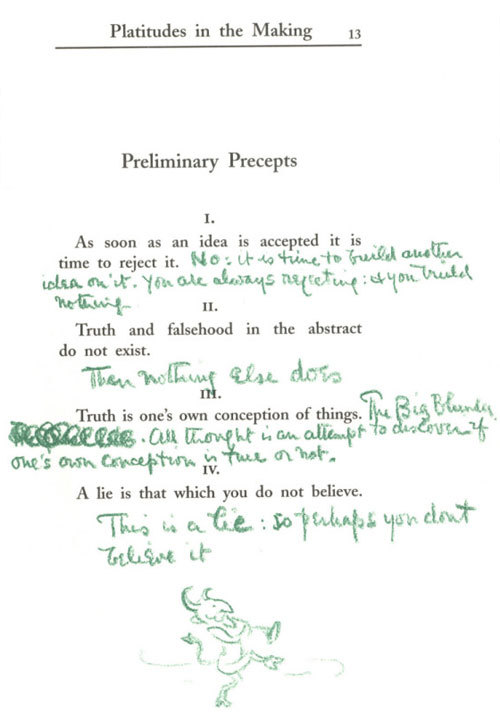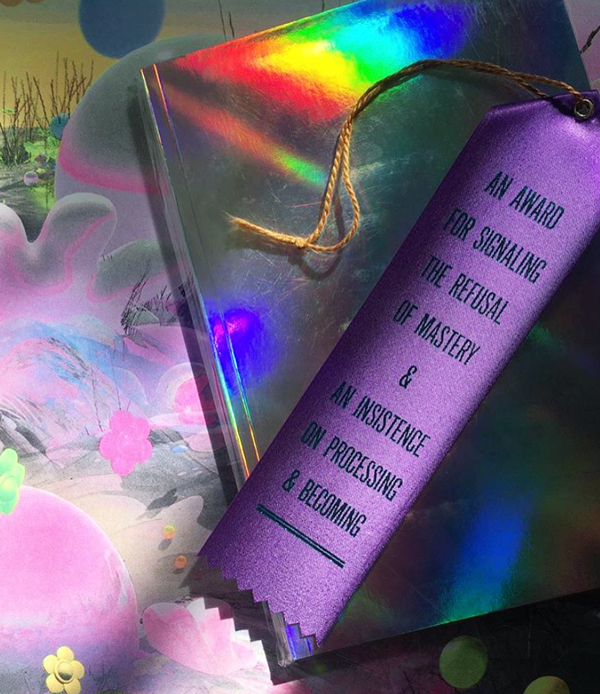
Here is Elvis’s annotated copy of Kahlil Gibran’s The Prophet.
Presley loved The Prophet, reading it so often that he memorized it; he gave annotated copies to several friends. This particular copy was given to Ed Parker, founder of American Kenpo Karate, who became Presley’s close friend, sparring partner and occasional bodyguard after Presley introduced himself during a karate demonstration Parker was leading in 1960.

I am one of the many writers who extol the benefits of reading with a pencil, but rarely do we emphasize the unique opportunity of marginalia as a medium of communication, not just with ourselves or the author, but with another reader, should we pass on the book we’ve made marks in.

A thread went viral on Twitter this week when Melissa Turkington shared marginalia in a used Charles Bukowski book “from a woman who clearly was having none of this shit.” (In a fabulous twist, the original marginalia-ist showed up on TikTok.)
Marginalia is somewhere in between reading and writing, and several writers have realized its creative potential to become a whole new work.
Sam Anderson and David Rees wrote notes to each other in a copy of Dan Brown’s Inferno.
J.J. Abrams and Doug Dorst actually used handwritten marginalia as a device in their novel, Ship of Theseus.
The book Platitudes in the Making is probably my favorite example of marginalia becoming a new work:
In 1911, author Holbrook Jackson published a small book of aphorisms under the (mildly pretentious) title Platitudes in the Making: Precepts and Advices for Gentlefolk and gave a copy to his friend G.K. Chesterton. Chesterton, it seems, sat down with the book – and a green pencil – and wrote a response to each saying in the book. Presumably he then set the book down, and somehow, someway, it turned up in a San Francisco book shop in 1955, where it was purchased by a certain Dr. Alfred Kessler, an admirer of Chesterton. Every book collector dreams of such a find. Rather than keep the book to himself, however, Dr. Kessler and Ignatius Press have produced a facsimile edition. Remove the dust jacket, and you have a reproduction, in every particular, of that 1911 volume, together with all of Chesterton’s remarks. It’s a remarkable project, and a real treat for readers of Chesterton.
Filed under: marginalia





